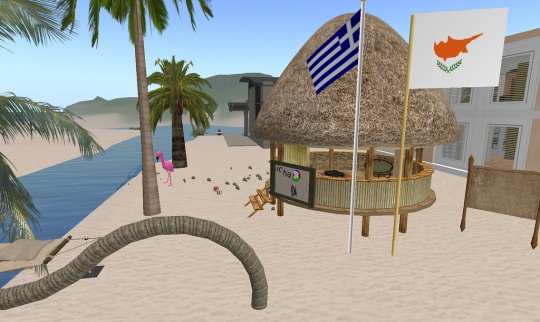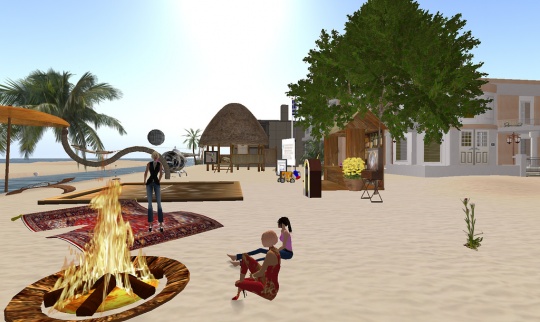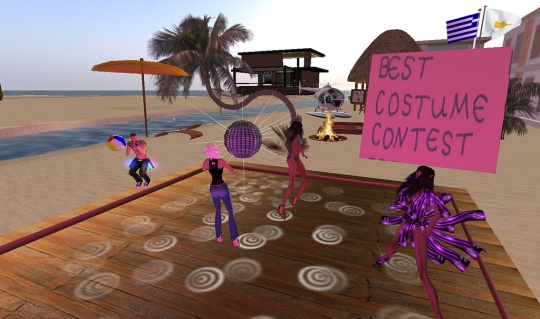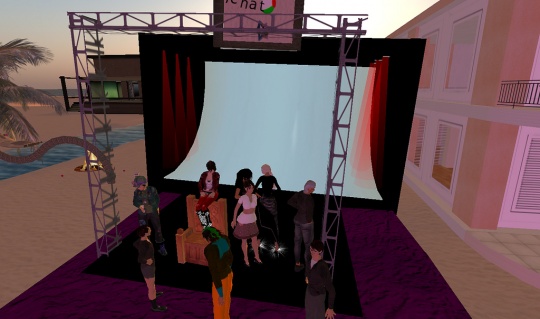InetRisks - Changing Attitudes of Adults (parents) on Internet-Related Risks for Young Adolescents: Difference between revisions
| Line 62: | Line 62: | ||
<td> | <td> | ||
[[File:Virtual_Party.jpg|thumb|center|upright=1.8|alt=Virtual_Party.|Virtual_Party.]] | [[File:Virtual_Party.jpg|thumb|center|upright=1.8|alt=Virtual_Party.|Virtual_Party.]] | ||
</td> | </td> | ||
</tr> | </tr> | ||
Revision as of 04:15, 25 October 2011
|
The InetRisks Project was funded under the Research Promotion Foundation's Framework Programme for Research, Technological Development and Innovation - Desmi 2008. The project was coordinated by the Cyprus Neuroscience and Technology Institute, Cyprus and was carried out in collaboration with partners from Cyprus and Greece.
Background
The very difference between real Internet-related risks and Internet-related risks as perceived by adults (parents) could constitute a new type of risk in itself. There is a similar difference between the means to deal with these risks and the means to deal with these risks as perceived by adults (parents). The conception adults (parents) have on what (their) children do when they “play” (spend time) on the Internet is largely based on ignorance; certainly experiential ignorance in that they have not “played” (spent time) on such activities themselves and often ‘literate ignorance’ in that they have not studied the matter. Media and church hype add insult to injury. Furthermore, there is a difference between the real attitude of adults (parents) towards their children (in general, and with respect to their children’s activities on the Internet) and their self-perceived attitude. There is a further difference between their real attitudes and the results of their behavior. The project studied the attitude of such adults towards the fact that their children immerse themselves into video games (Second Life in particular). Specifically, the project team studied the change in attitudes of the adults regarding the activities of their children and the risks related before and after they had an opportunity to “play” along with their children for several months. The project addressed Internet safety issues with the aim to achieve an in-depth understanding regarding safety breaches and protective measures and actions, primarily within the family environment. For this purpose, a limited section of the Online Virtual Environment, Second Life, was customized to host study teams who were playing on the Internet and were “exposed” to real risks in a controlled way. Project participants developed skills in recognizing safety pitfalls and dealing with them as well as appreciated Internet Risks in their true dimension.
InetRisks Implementation
- Customization of a place in the virtual environment Second Life
- Identification and selection of participants
- Formation of 10 study teams (composed from 1 parent and 1 child each)
- Initiation of first phase of activities.
- Feedback, questions and exchange of experiences among participants.
- Second phase of activities.
- Collection of data from participants.
- Qualitative Analysis of data.
- Presentation of the results of the project.
Customization of Second Life for InetRisks and Activities
Simsafety utilized a second-life like environment to simulate dangers of the Internet. Some of the most important features that the game offers are:
- Simulation of dangers in the form of mini-games within the environment (identity theft, explosive photos and we don't play with you)
- Information through the Info center in all partner languages
- Reporting Center (for cases where abuse or inappropriate behavior takes place)
- Conference center (where meetings can take place virtually)
- Navigation in the various building and the Simsafety park through flying, walking or teleport




